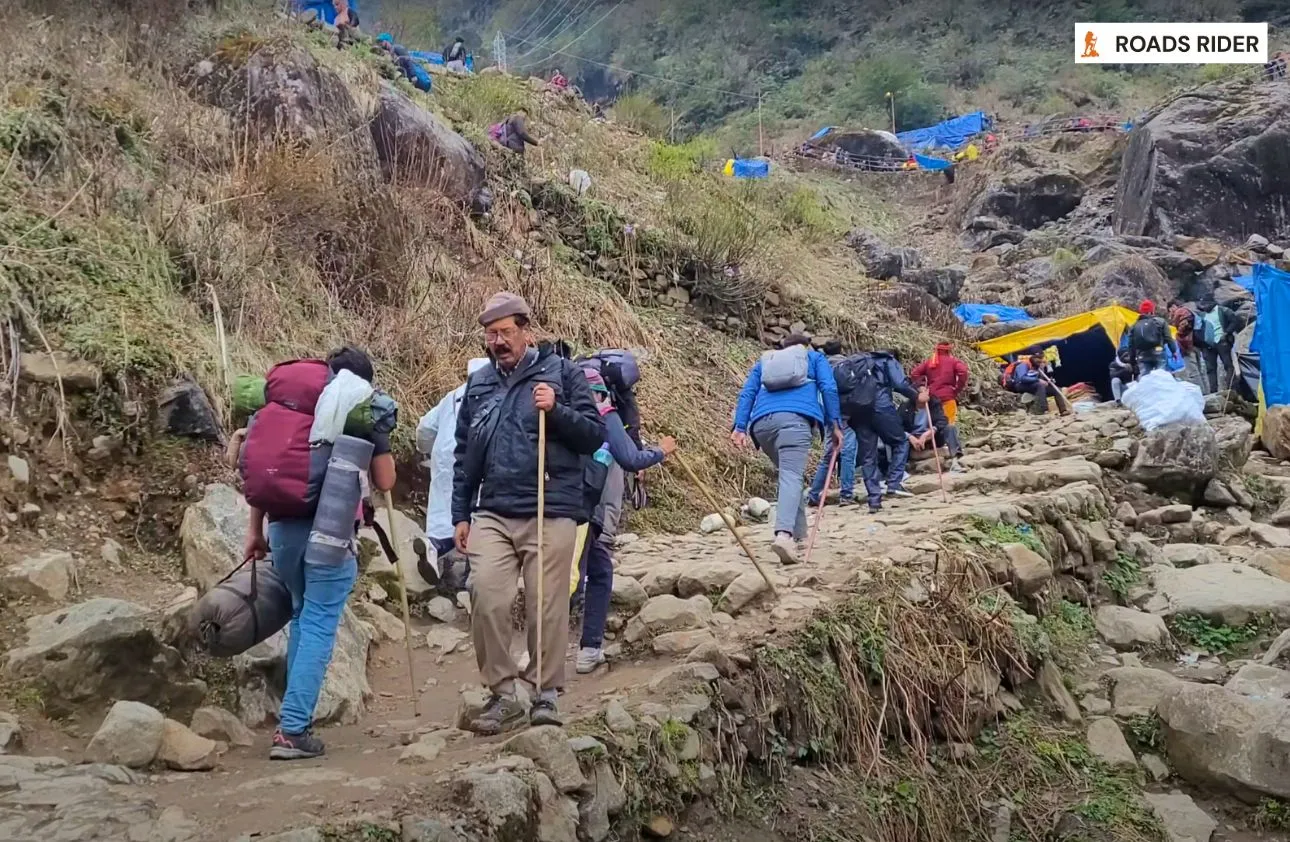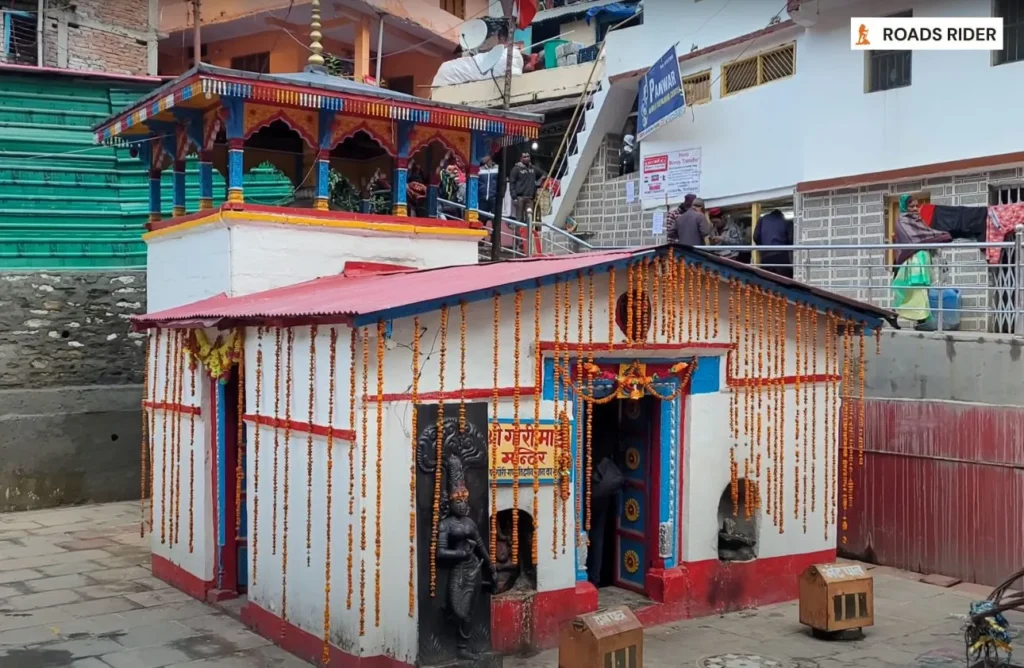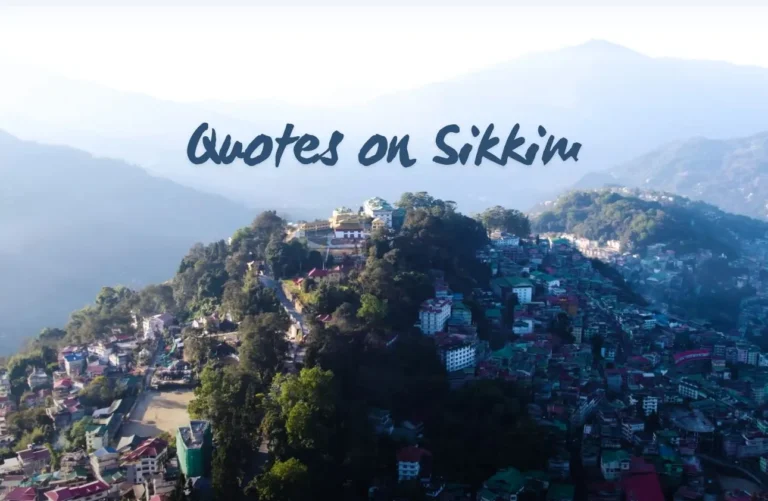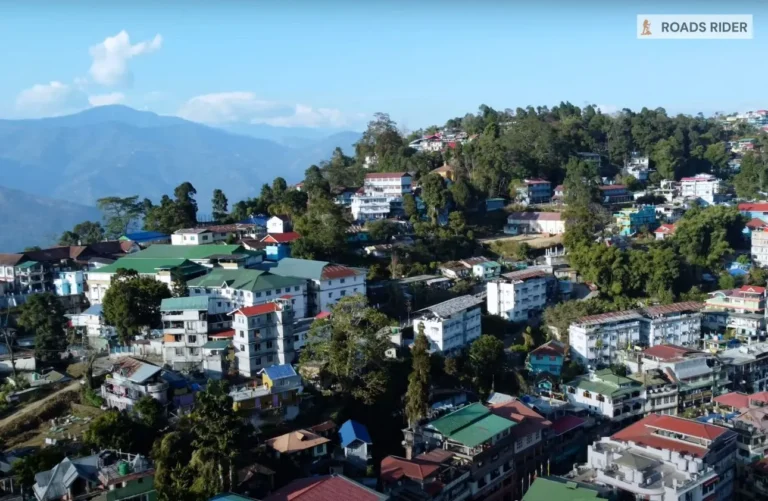Kedarnath Trekking Route: A Day-by-Day Trekker’s Itinerary

Embark on the sacred Kedarnath trekking route from Gaurikund to Kedarnath with this detailed guide that maps every kilometre, rest stop, terrain type, and essential tip for conquering the 16 km pilgrimage on foot.
The Kedarnath trek is more than a pilgrimage—it’s a spiritual adventure through the heart of the Himalayas. Covering a distance of 16 kilometres from Gaurikund to Kedarnath, the trail is steep, scenic, and filled with stories of faith and resilience. Whether you’re a first-time trekker or a seasoned mountain lover, understanding the terrain, planning rest stops, and knowing what to expect at each stage can make your journey smoother and more fulfilling.
In this blog, we offer a day-by-day breakdown of the Kedarnath trekking route, sharing practical insights on altitude changes, difficulty level, food and accommodation points, as well as options for mules, palkis, and porters. Let’s begin your path to one of the holiest Shiva shrines in India.
If you’re looking for a complete travel guide including how to reach Gaurikund, accommodation, weather, registration process, and temple darshan details, don’t miss our Kedarnath Yatra: A Complete Detailed Guide.
Day-by-Day Itinerary: Kedarnath Trek from Gaurikund
Day 1: Arrival at Gaurikund – The Trek Base
- Altitude: ~6,500 ft (1,981 m)
- Recommended Stay: 1 night for acclimatisation
- Facilities: Guesthouses, registration counters, eateries, medical checkposts
- Tip: Start your trek early the next morning (by 4–5 AM) to avoid afternoon weather changes.
Day 2: Gaurikund to Kedarnath Trek – Full Day Trek
- Trek Distance: 16 km
- Estimated Time: 6 to 10 hours (depending on fitness, breaks, and weather)
- Total Altitude Gain: 6,000+ ft

Here’s a kilometre-by-kilometre breakdown:
- 0–4 km: Gaurikund to Jungle Chatti
- Elevation Gain: Moderate to steep
- Highlights: Lush green forest, Mandakini River, waterfalls
- Facilities: Basic refreshments and mule boarding points at Jungle Chatti
- Trek Difficulty: Moderate
- Tip: Keep a trekking stick for balance on slippery sections.
- 4–7 km: Jungle Chatti to Bheembali
- Elevation Gain: Steeper section
- Terrain: Paved path with railing support
- Facilities: Bheembali has food stalls, medical aid, and resting shelters
- Scenic Value: Beautiful views of deep valleys and snow-dusted peaks
- Trek Difficulty: Moderate to challenging
- 7–10 km: Bheembali to Lincholi
- Elevation: Now entering high altitude zone (~9,000+ ft)
- Terrain: Sharp switchbacks, occasional rockslides
- Facilities: Lincholi has government-run medical base camps and basic tent stays
- Tip: Drink ORS water and stay hydrated; symptoms of AMS (acute mountain sickness) may start here.
- 10–14 km: Lincholi to Kedarnath Base Camp
- Terrain: Gradual incline with breathtaking views of the Kedarnath peak
- Weather: Usually colder and windier
- Facilities: The base camp offers tented accommodation, food stalls, toilets, and government rest houses
- 14–16 km: Kedarnath Base Camp to Kedarnath Temple
- Final Ascent: Paved and well-maintained; crowded in peak season
- Emotionally Moving: The temple finally reveals itself near the end, creating a profound moment for the trekkers
- Stay Option: Rooms at GMVN, temple trust lodges, or private guesthouses
Trek Difficulty: What to Expect
- Overall Difficulty: Moderate to difficult
- Suitable For: People with basic fitness and no severe altitude-related medical issues
- Risk Factors: Weather shifts, rockslides, altitude sickness, exhaustion
- Training Tip: Walk daily for a month before the trek; include stairs and light jogging
Mules, Porters, and Palkis – What Are Your Options?
1. Mules (Khachar)
- Cost: ₹2,500–₹3,500 (one way)
- Availability: Gaurikund mule stand
- Best For: Elderly or those with knee/leg issues
2. Porters (Pithu)
- Cost: ₹1,500–₹2,000
- Service: Carry small kids, bags, or support the elderly
- Best Tip: Always fix the rate beforehand
3. Palkis (Palanquins)
- Cost: ₹4,500–₹7,000 depending on weight
- Best For: Senior citizens and physically unfit devotees
Important: Only registered services with valid IDs should be hired. Fraudulent mule operators are common in rush season.
Essential Tips for Kedarnath Trek
- Start Early: Begin the trek before 6 AM to avoid unpredictable afternoon rains and fog
- Keep Hydrated: Carry glucose and ORS powder
- Dress in Layers: Weather shifts drastically from Gaurikund to Kedarnath
- Pack Light: Essentials only—poncho, water, dry fruits, ID, medicines
- Mobile Connectivity: BSNL and Jio work best near the Kedarnath base
- Medical: Government medical tents are available at Bheembali and Lincholi
When Is the Best Time to Trek to Kedarnath?
- Ideal Months: May to mid-June and September to mid-October
- Avoid: Monsoon months (late June to August) due to high landslide risk
Conclusion
The Gaurikund to Kedarnath trek is a journey of the soul, wrapped in stunning Himalayan views and spiritual purpose. Whether you choose to trek each step or take assistance, this route offers a once-in-a-lifetime experience that blends peace, humility, and a deep connection with Lord Shiva and the Himalayas.
Prepare well, trek responsibly, pack smart, and respect the terrain—you’re walking a path blessed by centuries of faith and devotion.
Related Reads:
- Kedarnath Yatra: A Complete Detailed Guide – All travel, darshan, and preparation tips.
- 300+ Unique & Spiritual Quotes on Kedarnath – Perfect captions and soulful reflections for your journey and Instagram posts.
- 300+ Unique Trekking Quotes – perfect for journaling your trek or crafting meaningful Instagram captions!






